Dressage is a unique equestrian sport that involves a horse and rider performing a series of precise and controlled movements. It is often referred to as the “ballet on horseback” due to the graceful and fluid movements displayed by the horse and rider. Dressage is not only a sport but also a form of art, requiring a deep understanding of the horse and a great deal of skill and practice.
History of Dressage
Dressage has its origins in ancient Greece and was developed as a form of training for war horses. In the 16th century, dressage became an important part of the training process for European cavalry horses. Over time, dressage evolved into a sport and became a part of the Olympic Games in 1912.
The Basics of Dressage
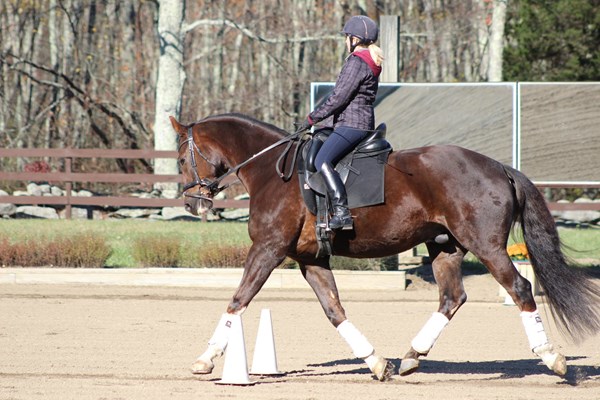
The goal of dressage is to develop a horse’s natural athletic ability and willingness to work in harmony with the rider. The horse and rider must perform a series of movements that are judged on their accuracy, precision, and overall harmony. The movements are divided into levels, with each level becoming more complex and challenging.
Some of the basic movements in dressage include:
- Walk
- Trot
- Canter
- Half-pass
- Pirouette
- Piaffe
- Passage
The Importance of Training
Training is an important aspect of dressage, as it involves developing a strong bond between the horse and rider. The rider must be able to communicate with the horse effectively, using subtle cues and movements to guide the horse through each movement. The horse must also be physically fit and mentally prepared for the demands of dressage.
Training for dressage can take years, with the horse and rider working together to perfect each movement. The training process involves a combination of physical conditioning, mental preparation, and practice. The horse must be trained to respond to the rider’s commands and to perform each movement with precision and grace.
The Benefits of Dressage
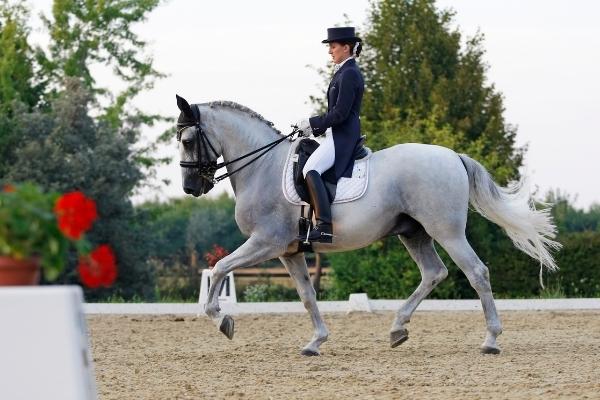
Dressage offers a number of benefits for both the horse and rider. It improves the horse’s balance, flexibility, and athleticism, while also promoting mental relaxation and focus. For the rider, dressage helps to improve balance, coordination, and overall fitness, as well as providing a sense of accomplishment and satisfaction.
Dressage is also a great way for riders to connect with their horses on a deeper level. The sport requires a high level of trust and communication between the horse and rider, which can strengthen their bond and improve their overall relationship.
Dressage is a beautiful and challenging sport that requires a great deal of skill and practice. It is a true art form, with the horse and rider performing a ballet on horseback. Through training and dedication, riders can develop a deep understanding of their horses and achieve a level of harmony that is truly remarkable.

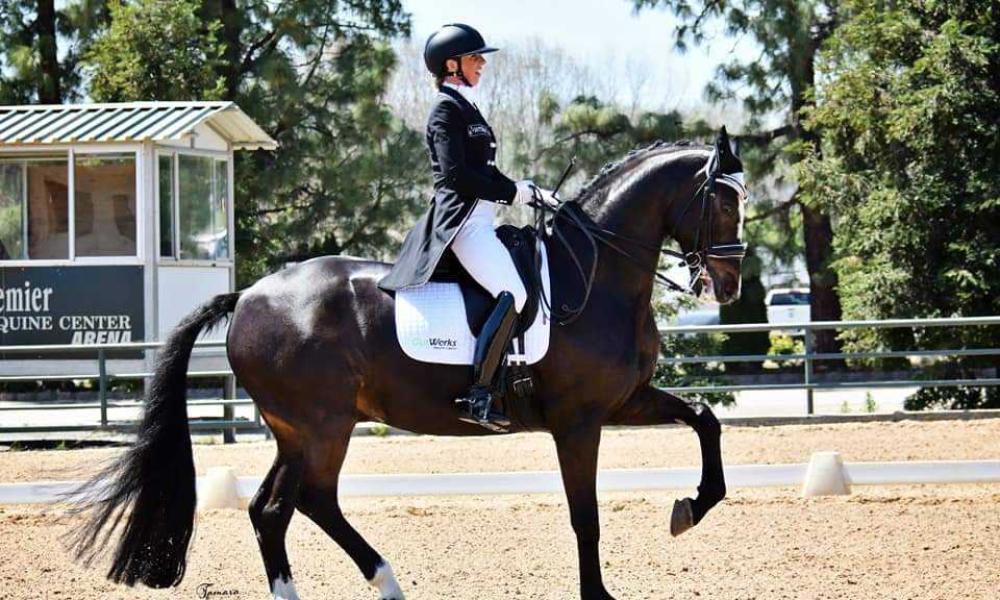

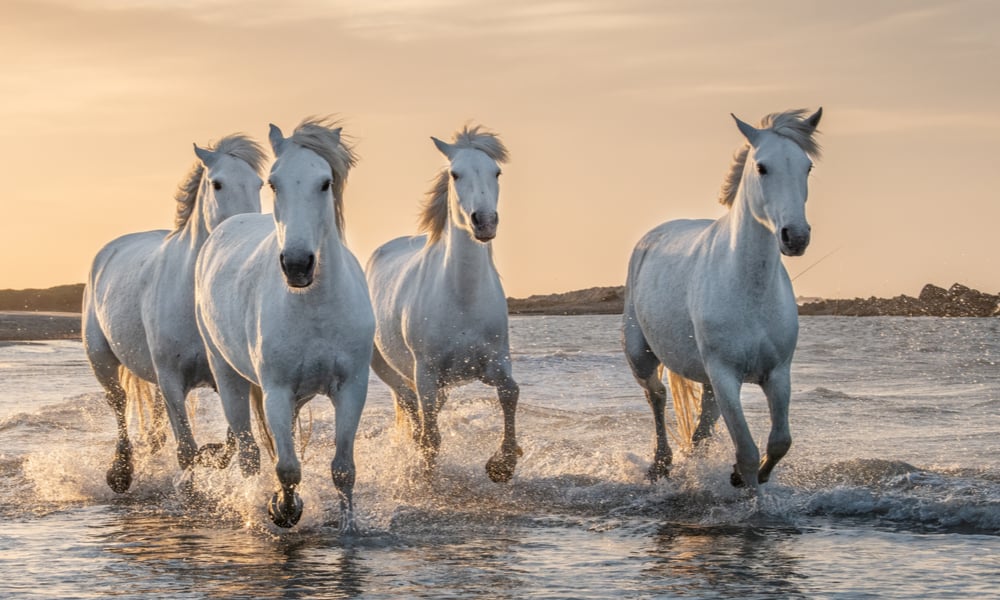
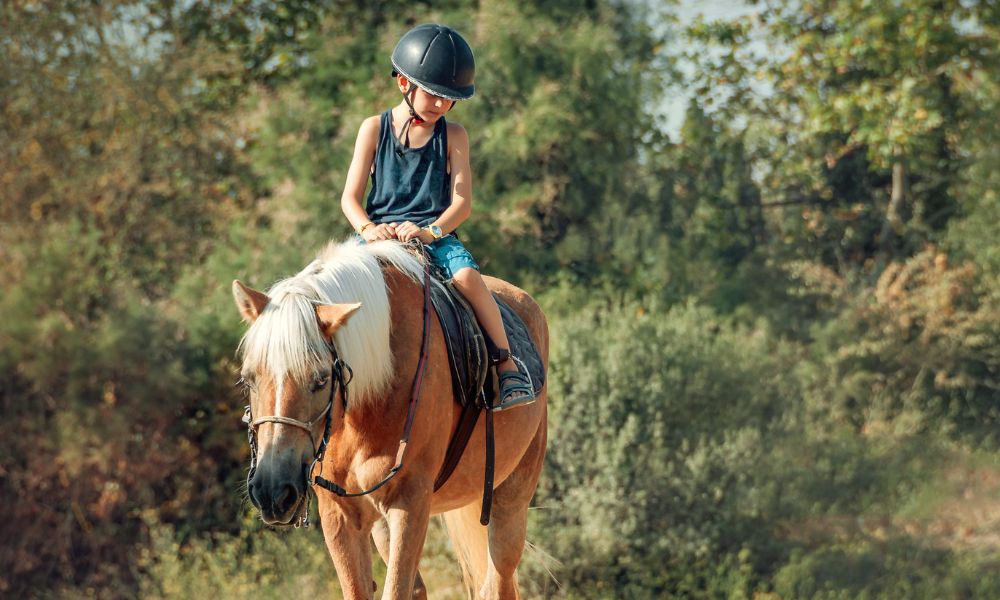
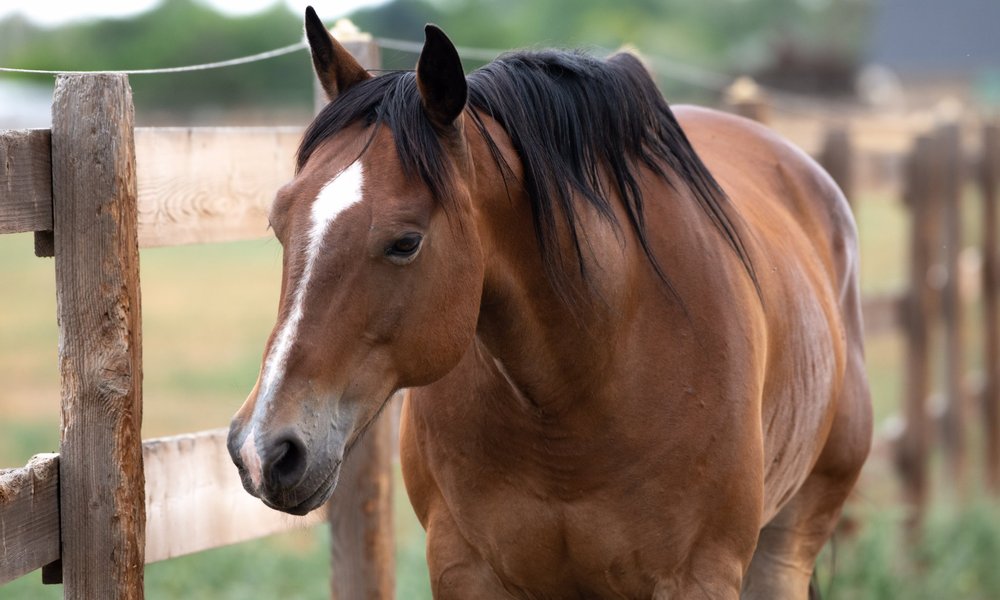
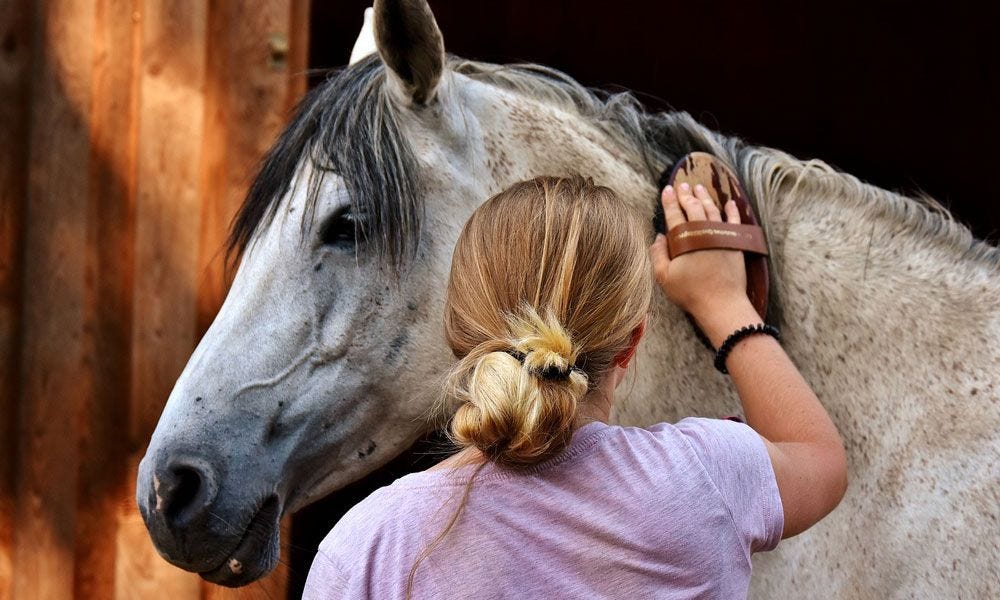





Comments